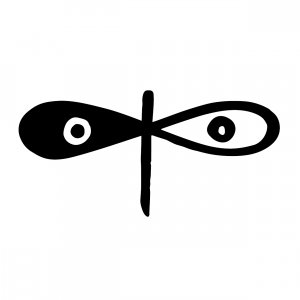
Ximena Rodriguez Bradford
Author's books
Museo S.p.A.
La globalizzazione della cultura
Paul Werner
pages: 80 pages
Museum S.p.a. is not a book on the Guggenheim Museum or indeed on museums in general but a pamphlet that reveals the perverse mechanisms of art through the example of a museum transformed into a multinational. The museum in question was the New York Guggenheim and its diabolic planner a man named Tom Krens. The formula was simple and wholly in line
Marcel Duchamp
La vita a credito
Bernard Marcadé
pages: 608 pages
Described by André Breton as the most intelligent man of the 20th century, Marcel Duchamp has never ceased to wield great influence over contemporary art since his death in 1968. From Dada and Surrealism to Futurism and Cubism, his art is interwoven with the great artistic movements of the 20th century without ever being reducible to any one of th
Louvre, mon amour
Undici grandi artisti in visita al museo più famoso del mondo
Pierre Schneider
pages: 192 pages
Do you have to set the Louvre on fire to establish yourself as one of the masters of your time? In order to answer this provocative question, in the 1960s the art critic Pierre Schneider invited eleven celebrated artists of the day, including Giacometti, Miró, Chagall and Steinberg, to accompany him one at a time through the museum’s sumptuous r


